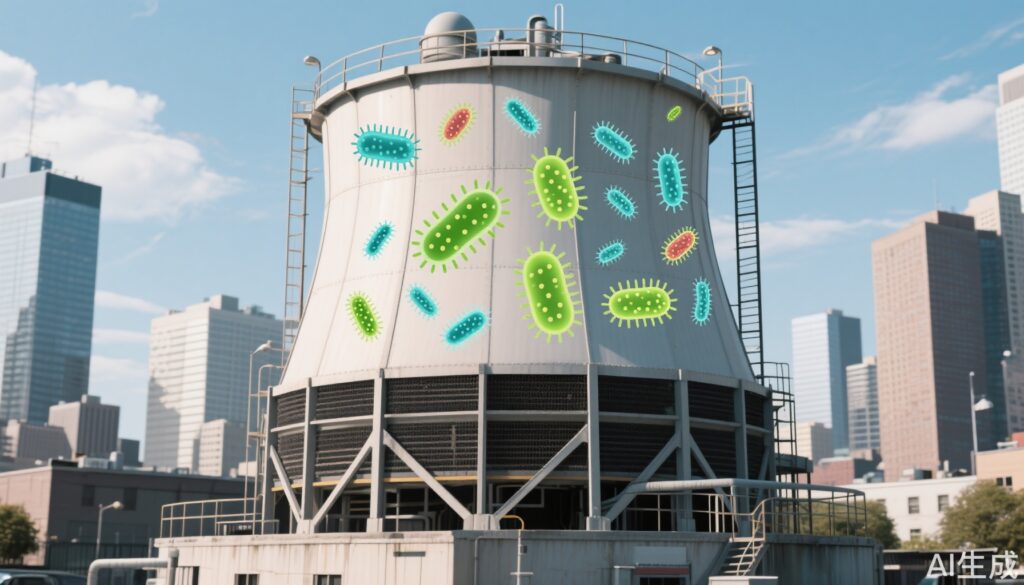Background
Legionnaires’ disease, a severe form of pneumonia caused by the bacterium Legionella, has recently made headlines following an outbreak in Harlem, New York City. This cluster of cases has led to at least 22 confirmed infections and one fatality, as reported by city health officials. The bacterium thrives in certain water systems, posing risks especially in urban environments with complex infrastructure.
Scientific and Clinical Evidence: What the Data Tell Us
Legionnaires’ disease is contracted by inhaling contaminated water droplets, such as those emitted from cooling towers, showers, or fountains. It is not spread person-to-person, and symptoms can include fever, cough, and difficulty breathing. Diagnosis often involves identifying the bacterium in respiratory secretions or urine. Treatment is typically effective with antibiotics, such as macrolides or fluoroquinolones.
Misconceptions and Harmful Behaviors
Misunderstandings about Legionnaires’ disease can impede prevention efforts. For instance, some may incorrectly believe the disease can spread through direct human contact. This misconception could lead to undue panic or stigma against affected individuals. Education is key to dispelling such myths.
Correct Health Practices and Practical Measures
Preventing Legionnaires’ disease involves regular maintenance and monitoring of water systems, especially cooling towers and hospital plumbing. Remediation methods, such as chemical treatments, can help address contamination but may not resolve the root causes, like sediment or biofilm accumulation.
Expert Recommendations and Insights
Experts advocate for stringent regulatory measures to ensure water system safety. The Centers for Disease Control and Prevention (CDC) recommends routine testing and cleaning protocols. Public awareness campaigns can also play a crucial role in prevention.
Patient Scenario
Consider the case of John, a 68-year-old retiree living in Harlem. After experiencing persistent cough and fever, he was diagnosed with Legionnaires’ disease. John’s recovery highlights the importance of early diagnosis and effective antibiotic treatment. His story underscores the need for vigilance in both healthcare and public health systems.
Conclusion
Legionnaires’ disease remains a significant public health challenge, particularly in urban areas with dense populations and complex water systems. The recent NYC outbreak underscores the importance of preventive measures, public education, and robust health infrastructure to manage and mitigate risks.
References
Centers for Disease Control and Prevention (CDC): Information on Legionnaires’ Disease.
New York City Health Department Press Releases.
Environmental Protection Agency (EPA) guidelines on water system maintenance.



